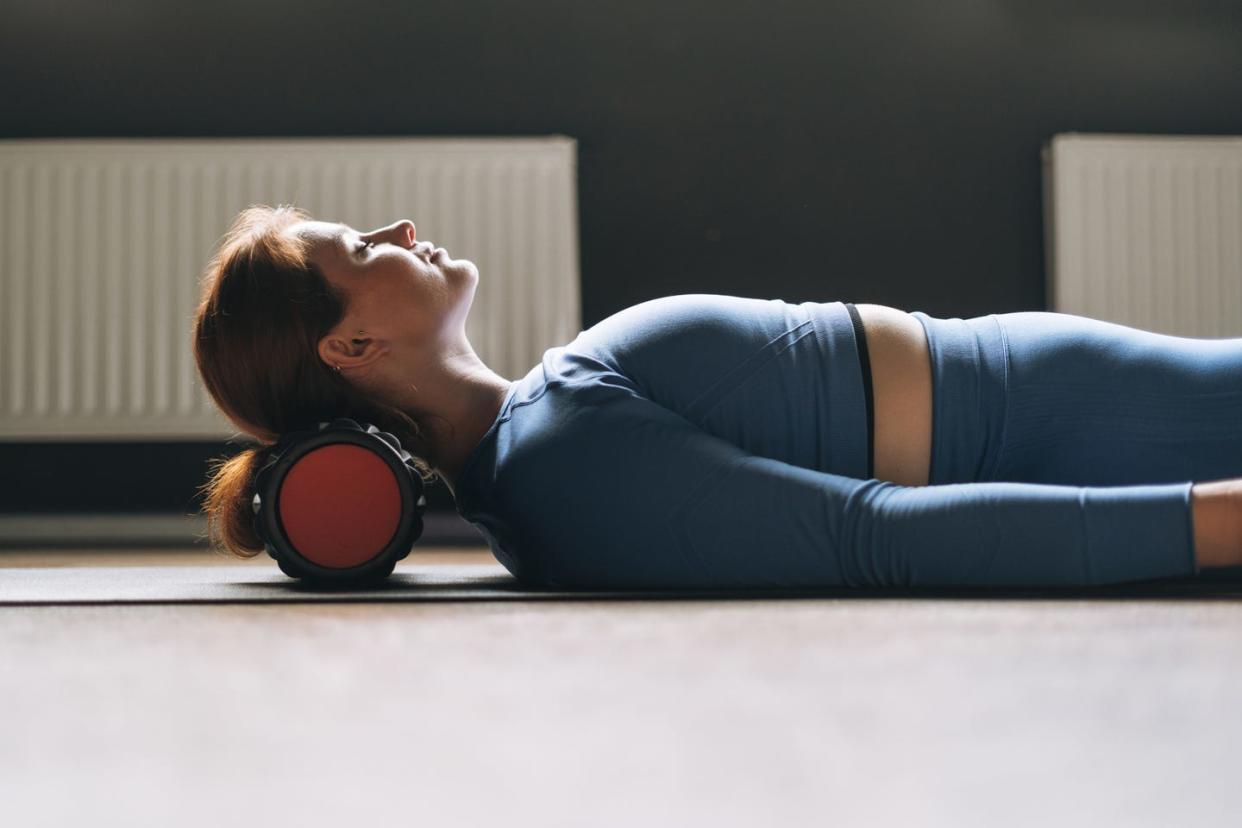
What Is Fascia Hydration?Galina Zhigalova – Getty Images
“Hearst Magazines and Yahoo may earn commission or revenue on some items through these links.”
Have you ever experienced that familiar stiffness in your lower back or shoulders after sitting for hours or been reminded of a tight hamstring while reaching for your toes? If you’ve wondered where these aches and pains come from, why they persist, or how some fitness pros always seem so agile and on top of their game, the secret may lie in fascia—the body’s connective tissue that holds everything together. And here’s the thing: just like our skin and other tissues, fascia needs to stay hydrated to function properly, according to Jessa Zinn, SIP, a board-certified structural integrator, fascia expert, and therapist who works with top athletes including Peloton instructors. When it’s hydrated, it allows for smooth, pain-free movement. But when fascia becomes dry and stiff (you can think of them synonymously), discomfort and restricted mobility follow.
Whether you’re a high-performing athlete or just moving through daily life wanting to feel your best, keeping this essential tissue healthy is all about hydration—not just by drinking water, but also moving frequently, multidirectionally, and in ways that keep your fascia supple and elastic (more on that to come), according to Zinn. And because fascia is responsible for supporting flexibility, mobility, and generally how well you can move your body, caring for it becomes especially important as we get older—particularly for women, as hormonal changes can make fascia more prone to stiffness and pain. Everything you need to know about what lies below the surface, below.
Meet the expert: Jessa Zinn, SIP, is a NYC-based, board-certified structural integrator, fascia expert, and therapist who works with top athletes including Peloton instructors. She is the owner of The Fascia Lab, an online platform offering guided, science-based fascia release techniques.
What is fascia and why does it matter?
“Fascia is often an overlooked part of the body,” says Zinn. But it’s a continuous, seamless, and multidimensional tissue that wraps around your internal structures,—basically every muscle, bone, and organ in the body—creating a supportive network, she says. At its core, you can think of fascia as a web that holds everything together. Pretty cool, huh?
When fascia is healthy and hydrated, the collagen fibers within it glide smoothly over one another, allowing your muscles and joints to move freely and effectively. But overuse, underuse, or injury can cause fascia to tighten, limiting your range of motion and leading to discomfort that often feels like joint or muscle pain, when it’s actually your fascia at play. “Imagine wearing a shirt tucked too tightly at your waist,” she says. “You don’t feel the tightness at the waist—you feel it pull up near your neck.” This is how fascia works: because this internal web-like network is all connected, tightness in one part of the body often creates discomfort in another.
Chances are, fascia is not something you think about day-to-day, but taking care of it can make a major difference in how you feel—in fitness pursuits, sure, but mostly just in everyday life. By incorporating regular movement and fascia-specific work into your routine, you can experience better mobility, less pain, and just move a little easier.
The Science Of Fascia Hydration
Fascia isn’t just a supportive tissue—it’s also a dynamic fluid system, which is a key part of the conversation that often gets overlooked, according to Zinn. Like a sponge, it needs consistent hydration to stay supple, elastic, resilient, and flexible. When it dries out, it becomes stiff, brittle, and prone to injury. “Yes, drinking water is important, but fascia hydration requires more than that,” says Zinn. Movement is key because it helps fluids flow through the fascia, keeping it lubricated and healthy.
Zinn explains that fascia requires frequent, multidirectional movement to circulate fluid through the tissue. That’s where fascia work such as exercise, foam rolling, stretching, and massage comes in. By moving and manipulating the fascia, you’re essentially “squeezing the sponge,” encouraging fluid to flow throughout the layers. “Consistent movement, stretching, and soft tissue work are what keep the fluids circulating through your fascia.” Studies support this, showing that fascia responds to mechanical stress, such as compression or stretching, by promoting fluid circulation within its collagen fibers.
Why Fascia Care Matters As We Age
As we get older, our body’s ability to retain hydration decreases, which affects all tissues, including fascia, according to a 2023 study in Nutrients. This loss of elasticity contributes to common discomforts such as lower back pain, shoulder aches, hip stiffness, and a general feeling of tightness with everyday movements. Not only does this limit mobility, but it can also increase the risk of myofascial pain, according to a 2019 study in PLOS One.
For women, especially during perimenopause or menopause, this issue can be even more pronounced. The drop in estrogen that occurs during these life stages impacts connective tissues, and can make fascia more rigid and vulnerable to injury, according to a 2022 study in the European Journal of Pain. “Prioritizing fascia care as we age is a good way to get out in front of bigger issues, such as chronic and acute injuries,” says Zinn.
Fascia-Friendly Tools To Try
If you want to reach for a tool for a little extra fascia-TLC, Zinn recommends starting with a softer or medium density foam roller or massage ball for targeted release. That way, you can apply the right amount of pressure—not too hard, not too soft—to release fascia without inhibiting fluid flow. A massage gun can also be beneficial, especially for reaching areas that are hard to access!
“It’s important to remember that more is not better when it comes to working with these tools, and that you are not going to press, massage, or rub your way into fascia release,” says Zinn. “In fact, we can overdo it and damage the tissue that way!” So, GO LIGHT! The key in working with fascia is remembering it is a full-body connective sheath, and we may get more release from working the entire area gently rather than going hard on the spot that hurts.
Ready to take your fascia care a step further? Here are our top WH-tested gear recommendations to get started:
GRID Foam Roller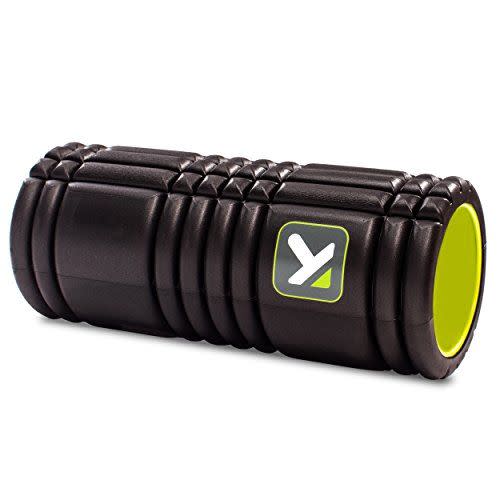
Shop Now
GRID Foam Roller
amazon.com
$29.95
Courtesy of RetailerMassage Roller Stick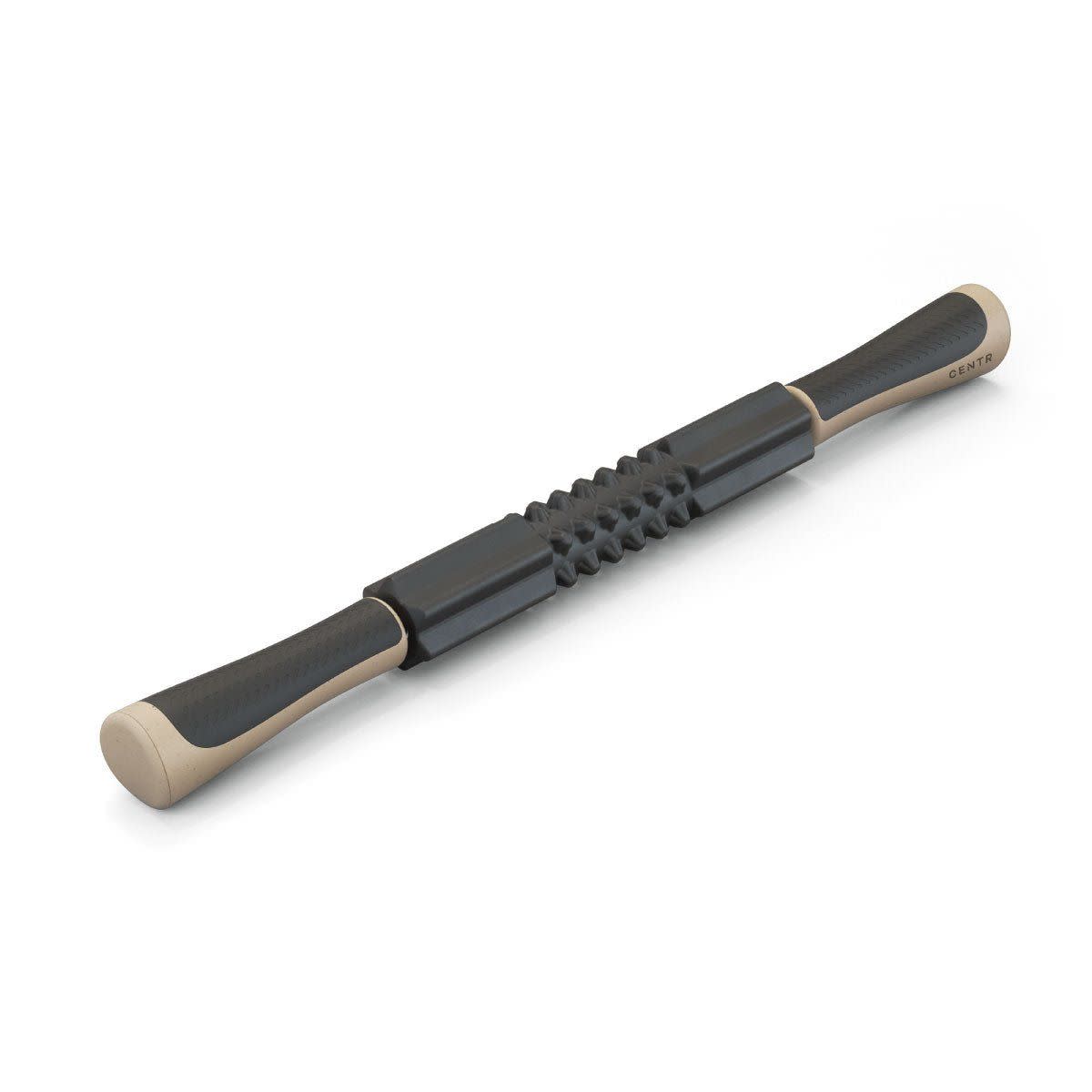
Shop Now
Massage Roller Stick
centr.com
$19.99
Courtesy of RetailerDouble Roller
Shop Now
Double Roller
lululemon.com
$64.00
Courtesy of RetailerHypervolt 2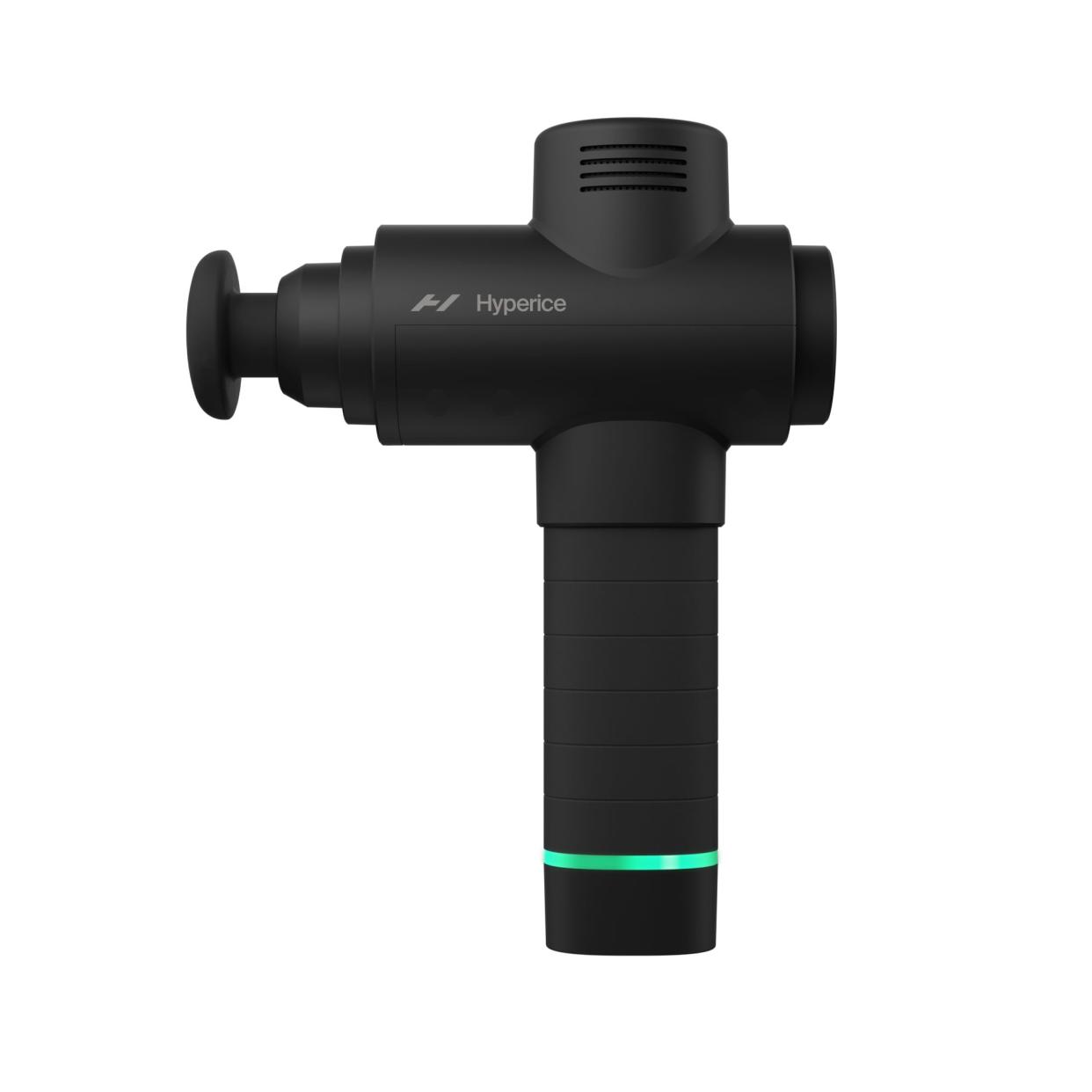
Shop Now
Hypervolt 2
womenshealthmag.com
$199.00
Courtesy of RetailerTheragun mini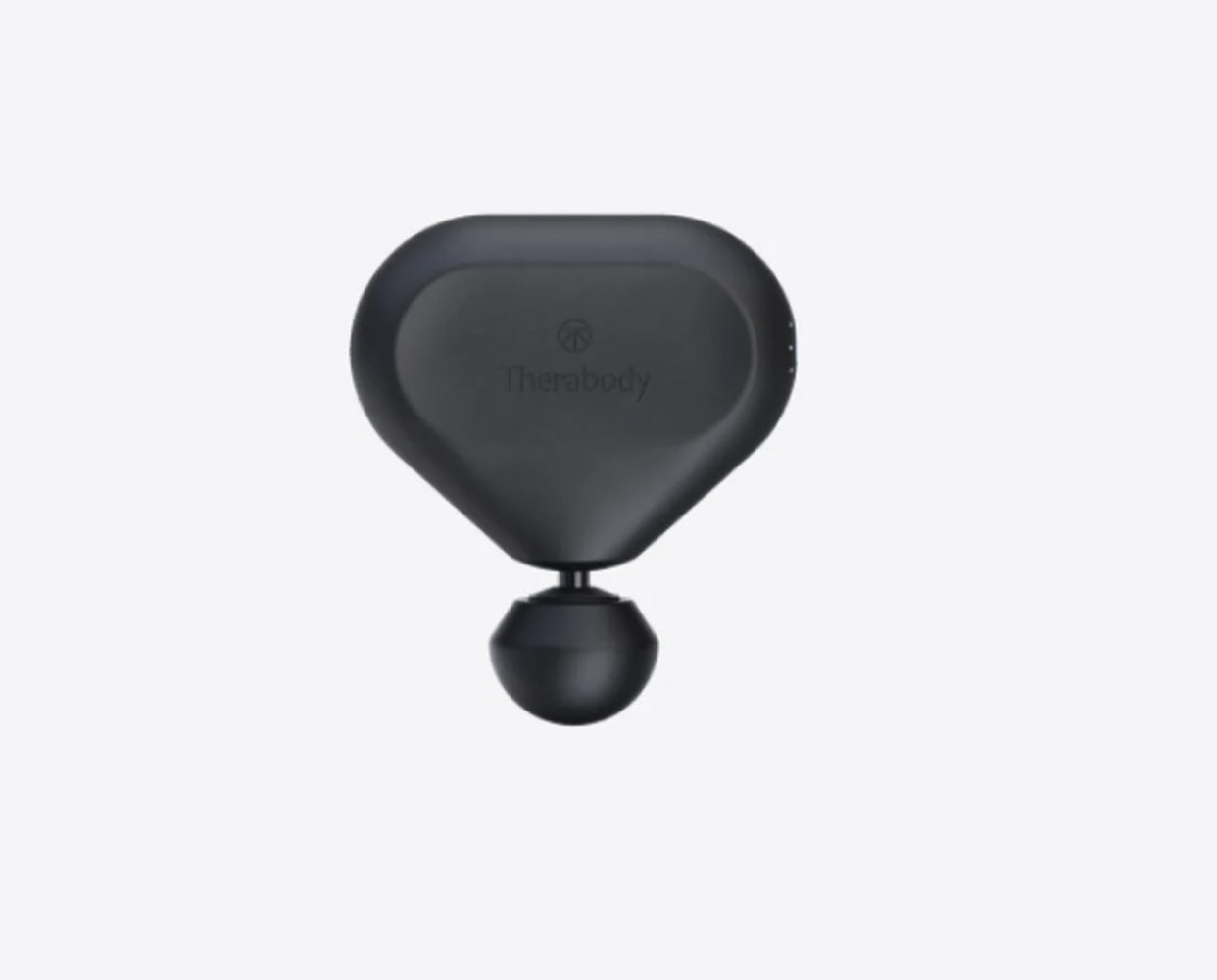
Shop Now
Theragun mini
theragun.com
$199.00
Courtesy of RetailerMassage Ball Set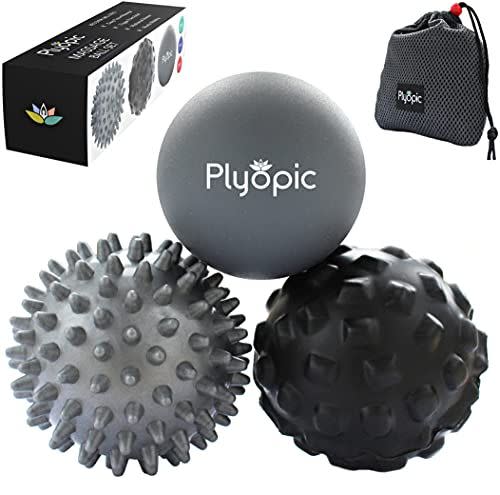
Shop Now
Massage Ball Set
amazon.com
$17.99
Courtesy of Retailer10-Minute Daily Fascia Practice
The good news is that you don’t need to spend hours on fascia care to see results. In fact, Zinn says that hydrated fascia doesn’t come from doing fascia-specific work every day, but from consistent daily movement. “Moving frequently, multidirectionally, and in varied patterns is the best thing to keep your fascia healthy,” she says. Incorporating even a few minutes of mobility work into your routine can help keep stiffness and pain at bay. Zinn recommends a simple daily routine that includes foam rolling and mobility exercises to keep your fascia hydrated and healthy.
Here’s a beginner-friendly routine you can try at home:
Foam Roll The Back
How to:
Start by lying on your back with a foam roller placed vertically under your spine and feet planted on the floor hip-width.
Gently roll side to side, focusing on areas that feel tight.
Spend about 2-3 minutes here.
Hip Flexor Stretch
How to:
Kneel on one knee with the other foot in front, forming a 90-degree angle.
Slowly push your hips forward to feel a stretch in the front of your hip.
Move front to back through this stretch for about a minute on each side.
Calf Stretch On Foam Roller
How to:
Sit with your legs extended and place the foam roller under one calf.
Gently roll back and forth to release tightness, targeting the entirety of the calf area.
Switch legs after 1 minute and repeat on the other side.
Spinal Twist
How to:
Lie on your back with your arms extended to the sides and legs extended long. Bring one knee up towards your chest and slowly lower it across your body, twisting your spine.
Hold for about 1 minute before repeating on the other side.
Bottom line: Fascia hydration isn’t just about drinking enough water; it’s about actively and regularly moving your body in varied, multidirectional ways to help fascia stay nourished and pliable.
You Might Also Like
